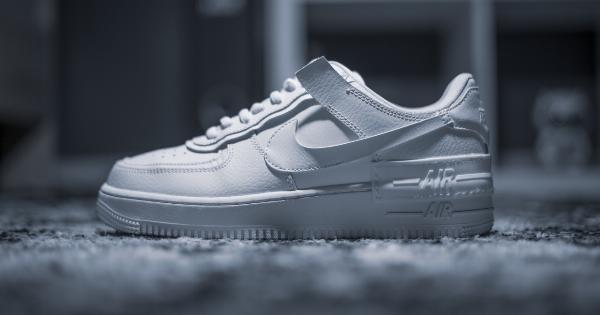Heat and sweating are two phenomena that occur in the human body as a response to various factors. Sweating, also known as perspiration, is the body’s natural way of cooling down and regulating its temperature.
On the other hand, heat can have various effects on the body, both positive and negative. In this article, we will explore the facts and debunk the myths surrounding heat and sweating.
1. Sweating is a Sign of Good Health
One of the common misconceptions about sweating is that it is an indication of poor health or lack of fitness. However, sweating is actually a positive sign that your body is functioning properly.
Sweating helps regulate body temperature, flush out toxins, and keep the skin healthy.
2. Sweating Helps Cool Down the Body
As mentioned earlier, sweating is the body’s natural way of cooling down. When the body temperature rises, the sweat glands produce sweat, which evaporates on the skin’s surface, taking away heat with it.
This process helps lower the body’s temperature and prevent overheating.
3. Sweating Can Vary from Person to Person
The amount of sweat produced by an individual can differ from person to person. Factors such as genetics, body size, and fitness level can influence the rate of sweating.
It is normal for some individuals to sweat more profusely than others, especially during physical activity or in hot weather.
4. Sweating Does Not Aid in Weight Loss
There is a common misconception that sweating leads to weight loss. While sweating can result in temporary weight loss through the loss of water, it does not contribute to long-term weight loss or fat reduction.
Any weight lost through sweating is quickly regained once the lost fluids are replenished.
5. Heat Stroke is a Serious Medical Emergency
Heat stroke is a life-threatening condition that occurs when the body’s temperature regulation system fails. It is often the result of prolonged exposure to high temperatures and can lead to organ damage or even death.
It is important to recognize the symptoms of heat stroke, such as high body temperature, rapid pulse, headache, and confusion, and seek immediate medical attention if suspected.
6. Heat Can Enhance Athletic Performance
While extreme heat can be dangerous, moderate heat can actually have positive effects on athletic performance.
When the body is exposed to heat, it adapts by increasing blood flow to the skin and improving heat dissipation, which can enhance endurance and overall performance. This is why some athletes train in hot conditions to acclimatize their bodies.
7. Looser Clothing Helps with Heat Regulation
Wearing loose, lightweight clothing during hot weather can aid in heat regulation. Loose-fitting clothes allow for better air circulation and allow sweat to evaporate more effectively, keeping the body cool.
On the other hand, tight-fitting clothes can trap heat and hinder the evaporation of sweat.
8. Sweating Can Lead to Dehydration
While sweating is essential for cooling down the body, excessive sweating can lead to dehydration if the lost fluids are not adequately replaced.
It is crucial to stay hydrated by drinking plenty of water, especially during physical activity or in hot environments where sweating is more pronounced.
9. Heat and Sweating Are Not Exclusive to Hot Weather
Many people associate heat and sweating with hot weather, but these phenomena can occur in various situations.
Physical activity, emotional stress, spicy foods, and certain medical conditions can all cause the body to heat up and trigger sweating, regardless of the ambient temperature.
10. Heat Exhaustion and Heat Stroke are Different
Heat exhaustion and heat stroke are heat-related conditions, but they differ in severity. Heat exhaustion is a milder condition characterized by heavy sweating, weakness, nausea, and dizziness.
If not addressed, heat exhaustion can progress to heat stroke, which is a medical emergency. It is important to recognize the signs of heat exhaustion and take appropriate measures, such as seeking shade and rehydrating.






























